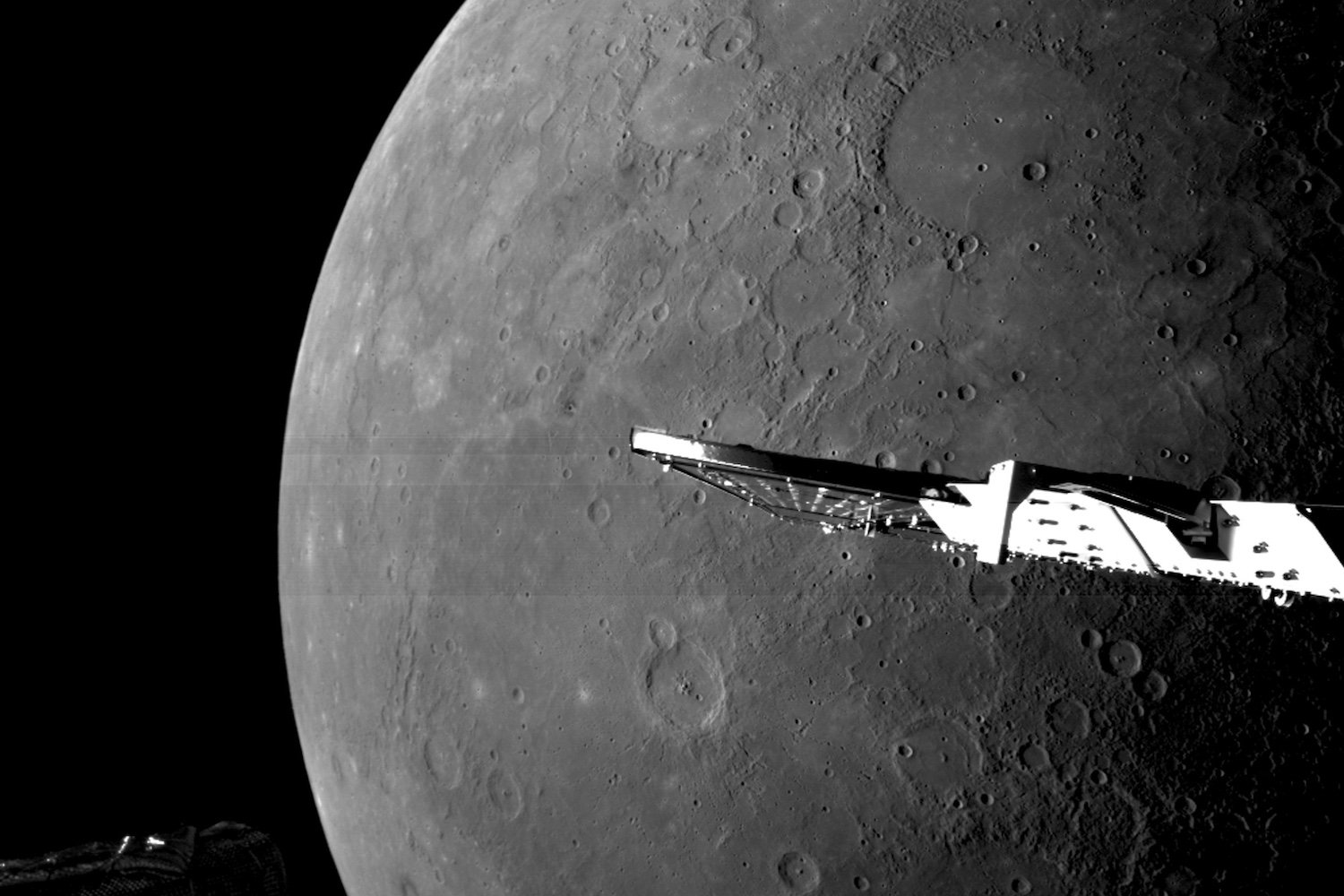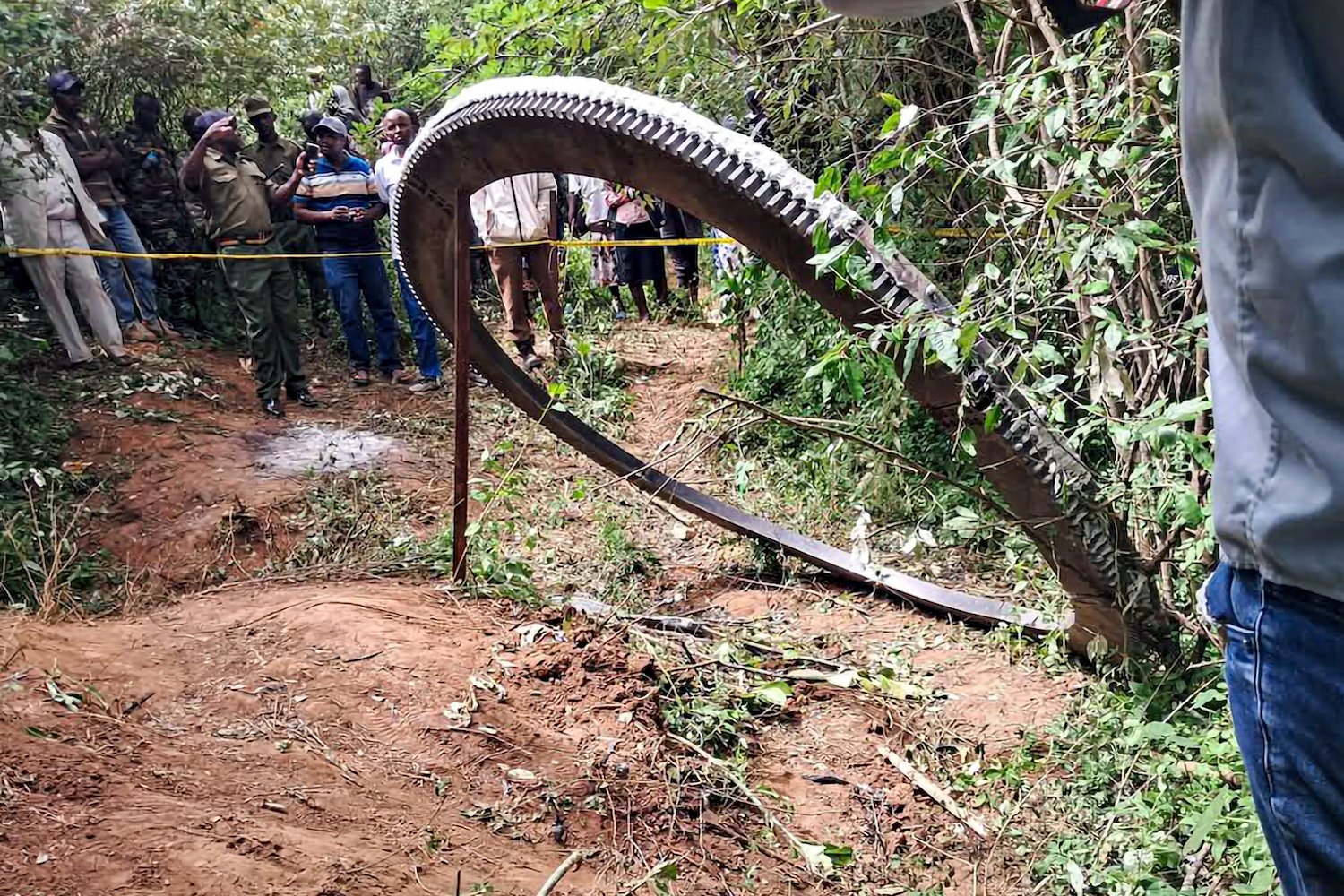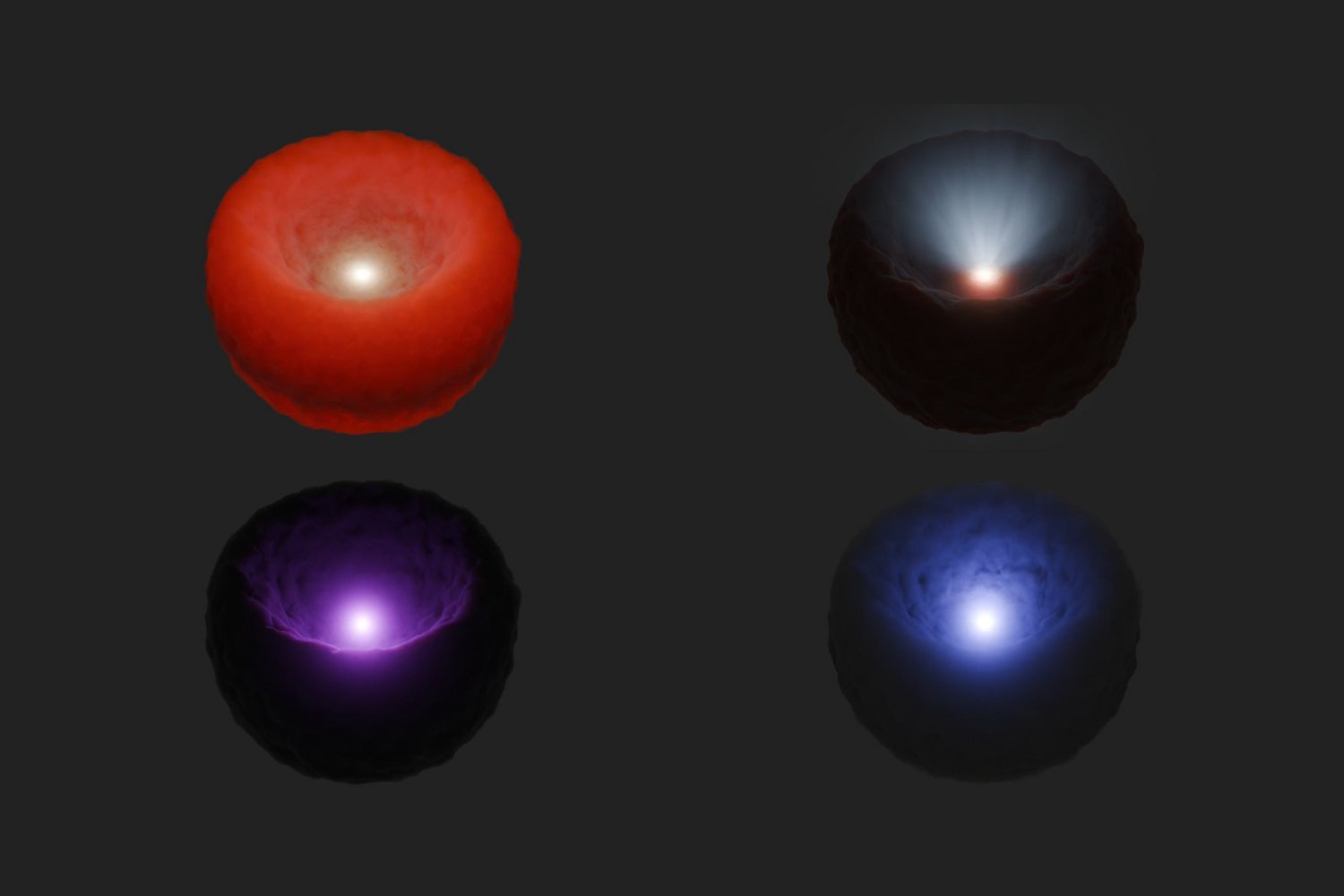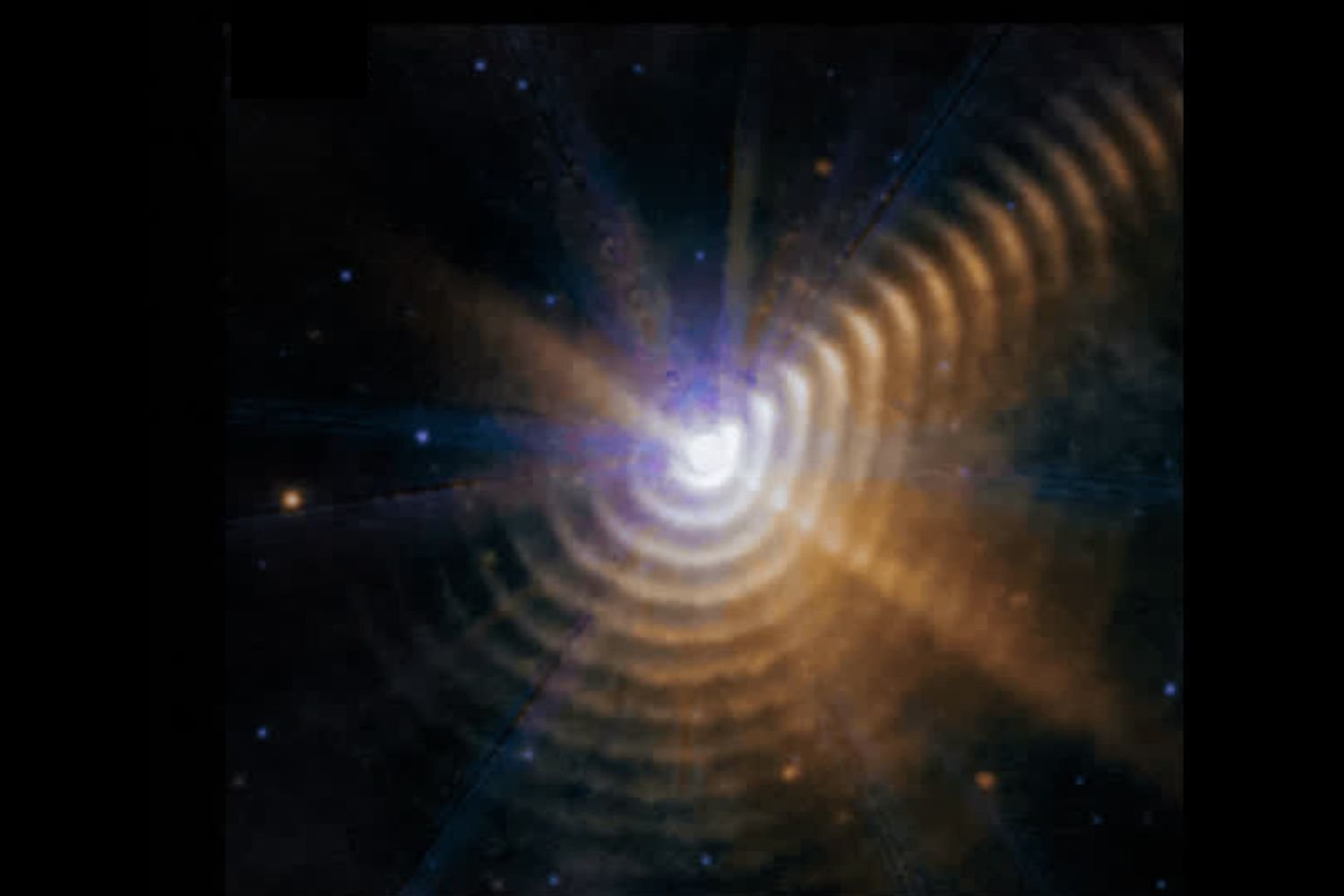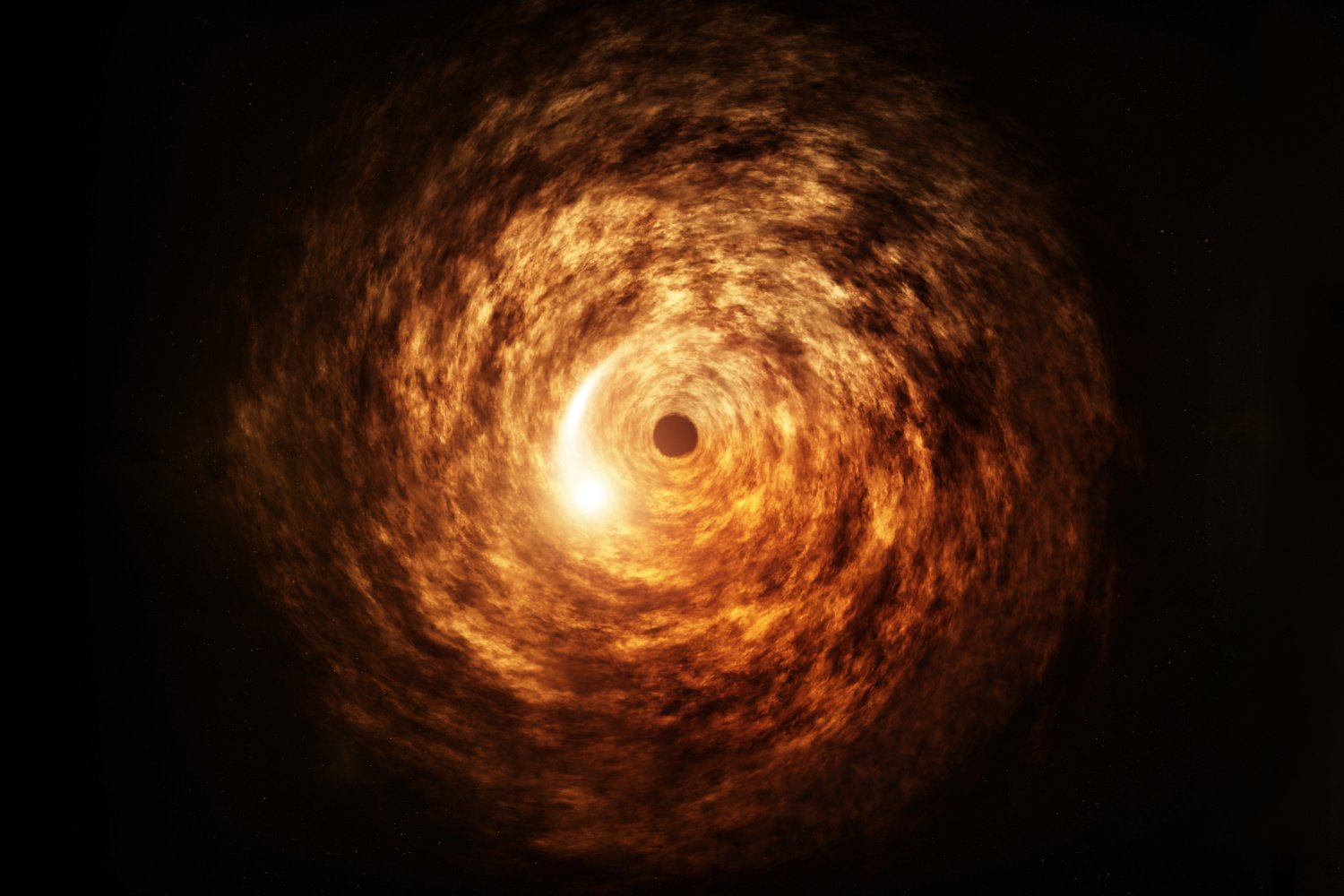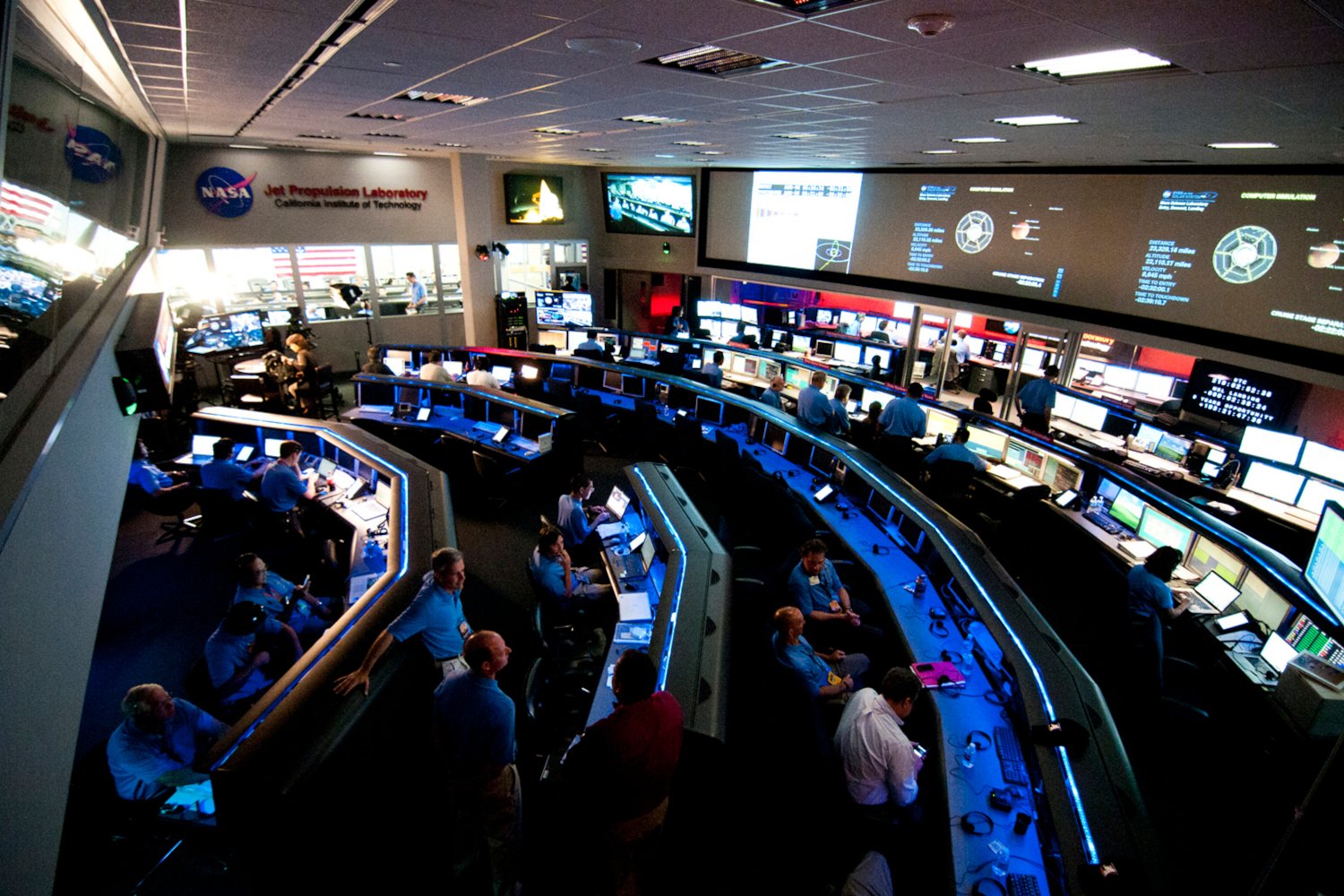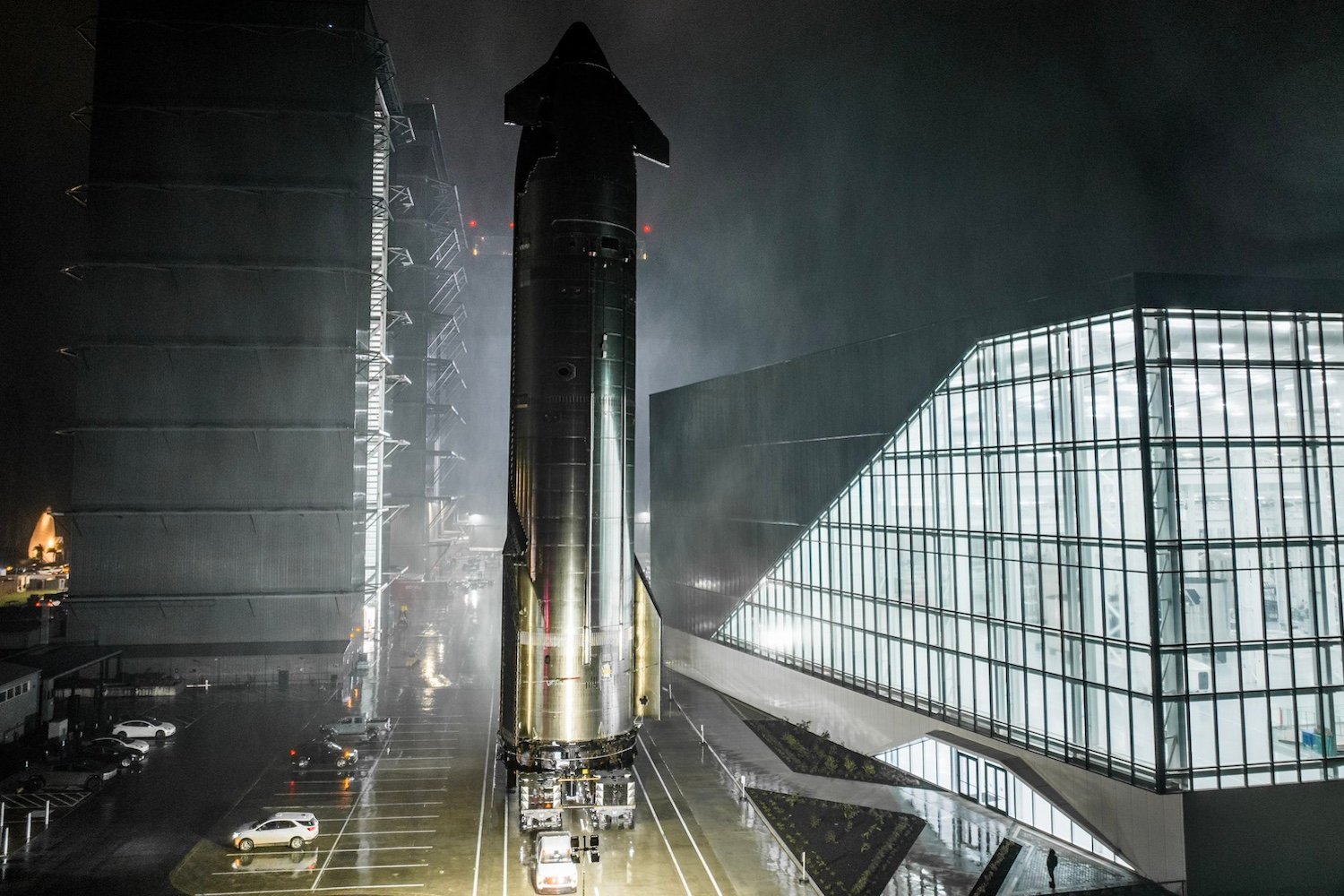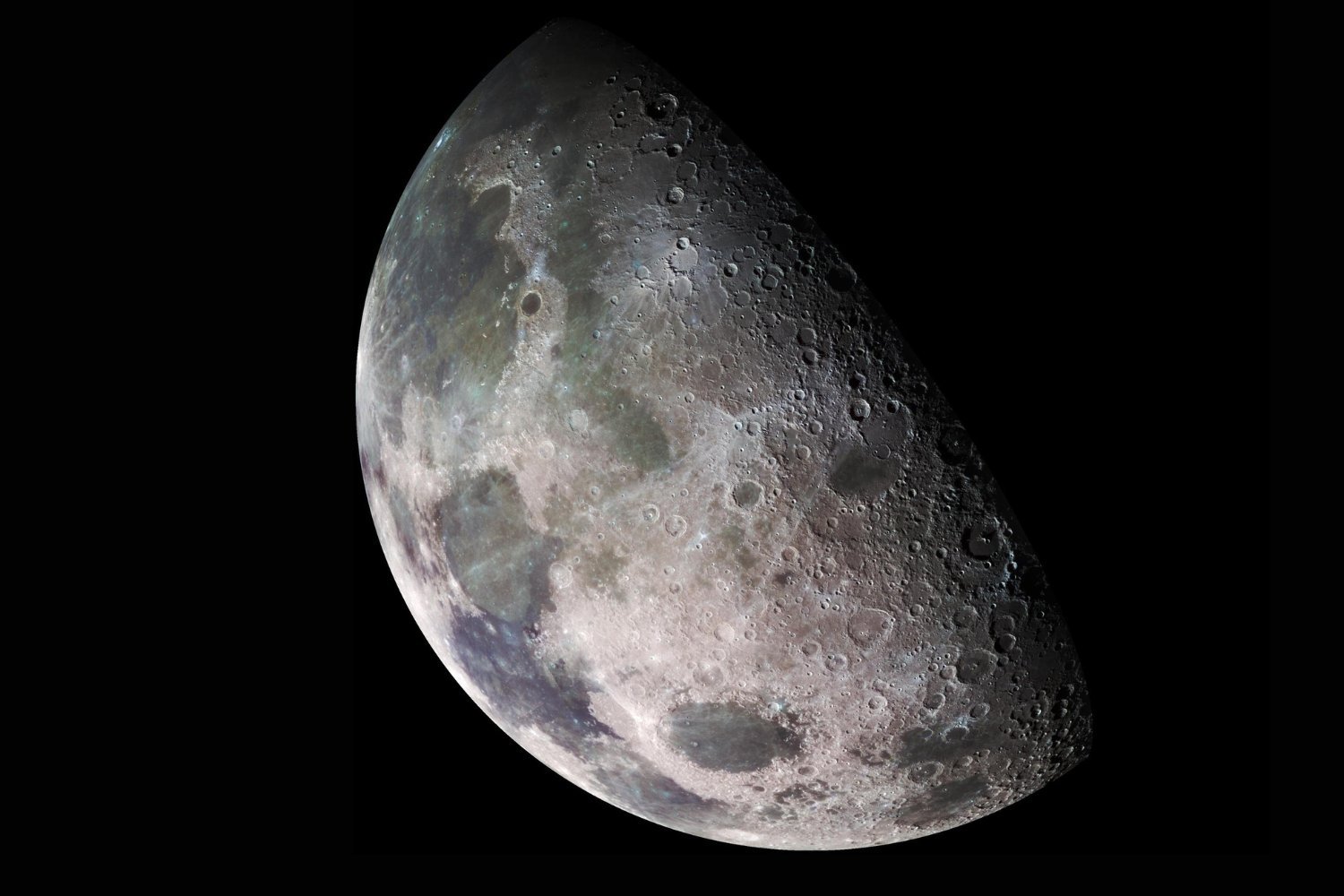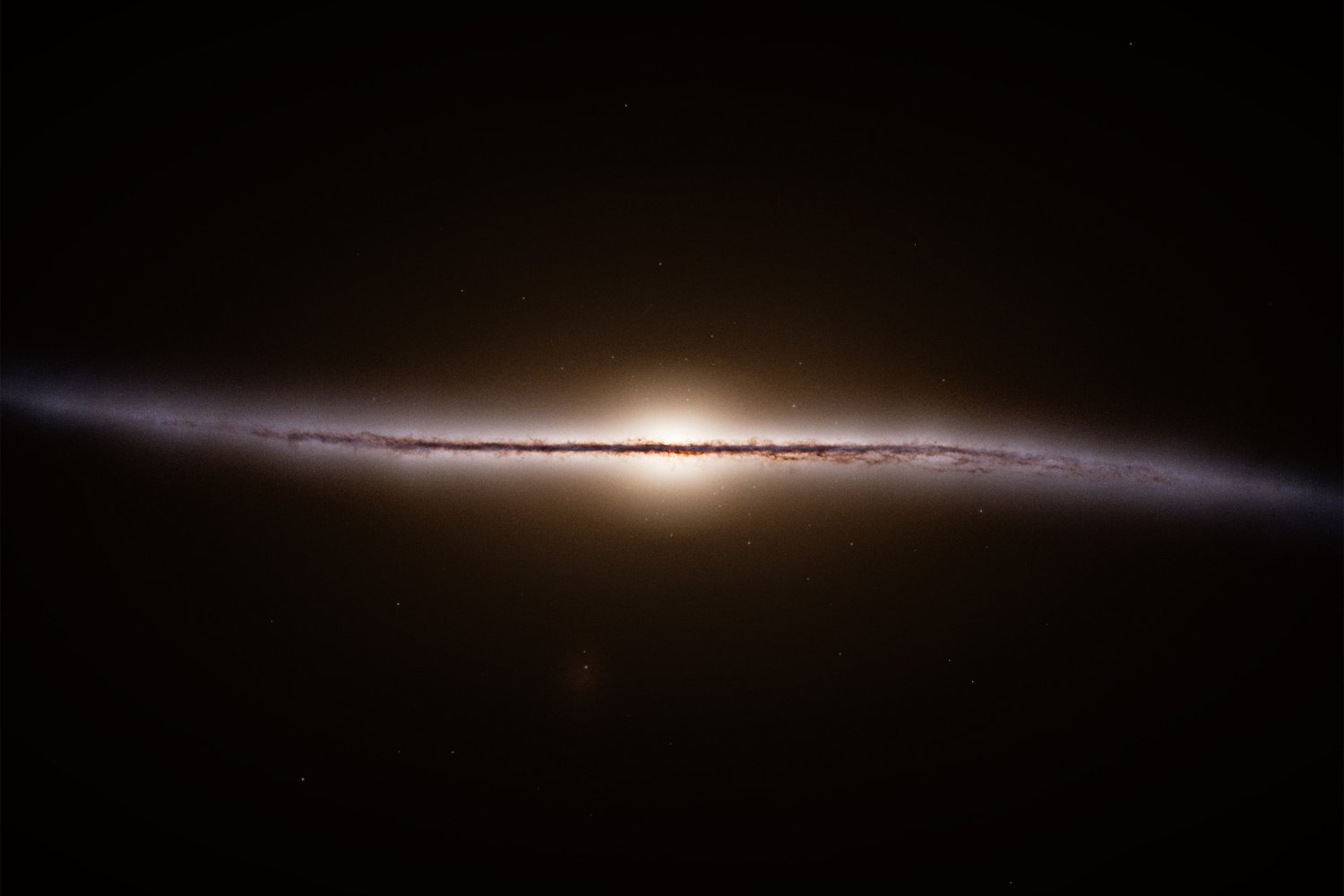BepiColombo, a joint mission by the European Space Agency (ESA) and the Japan Aerospace Exploration Agency (JAXA), has provided breathtaking new images of Mercury during its sixth and final flyby. The spacecraft, comprised of two orbiters, utilized Mercury’s gravity to refine its trajectory for orbital insertion in 2026. This close encounter allowed BepiColombo to capture highly detailed images of the planet’s surface, including areas perpetually shrouded in shadow.
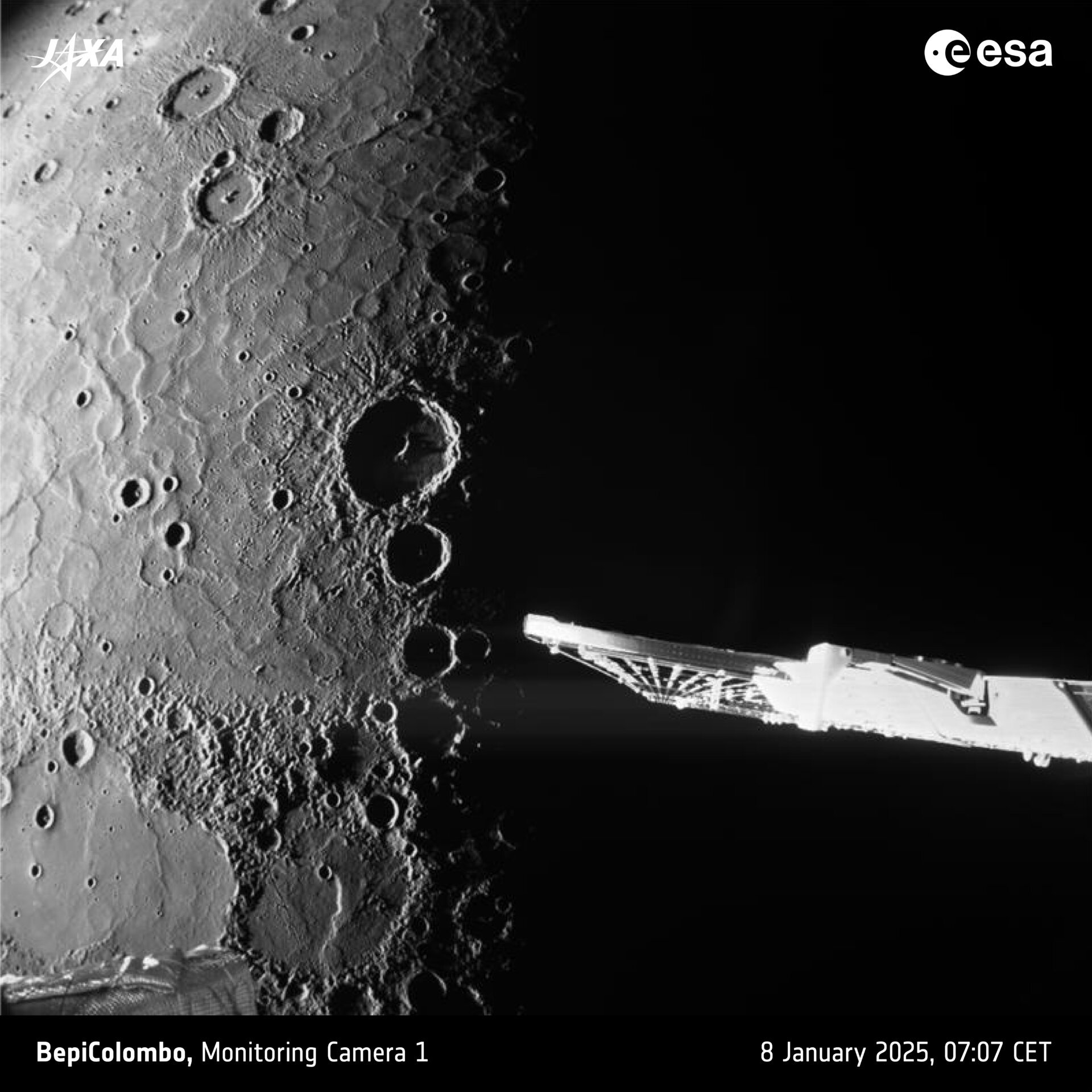 Mercury S Shadowy North Pole Revealed By M Cam 1Mercury’s north pole, revealing craters in permanent shadow, as imaged by BepiColombo. Credit: ESA
Mercury S Shadowy North Pole Revealed By M Cam 1Mercury’s north pole, revealing craters in permanent shadow, as imaged by BepiColombo. Credit: ESA
During the flyby, BepiColombo soared just 180 miles (295 kilometers) above Mercury’s surface, offering unprecedented views. The spacecraft’s monitoring cameras (M-CAM 1) captured the stark contrast between Mercury’s dark night side and its sunlit regions. Images reveal craters like Prokofiev, Kandinsky, Tolkien, and Gordimer near the north pole, their depths permanently shadowed and potentially harboring frozen water. One of the mission’s primary objectives is to investigate the presence of water ice within these shadowed craters, despite Mercury’s proximity to the Sun.
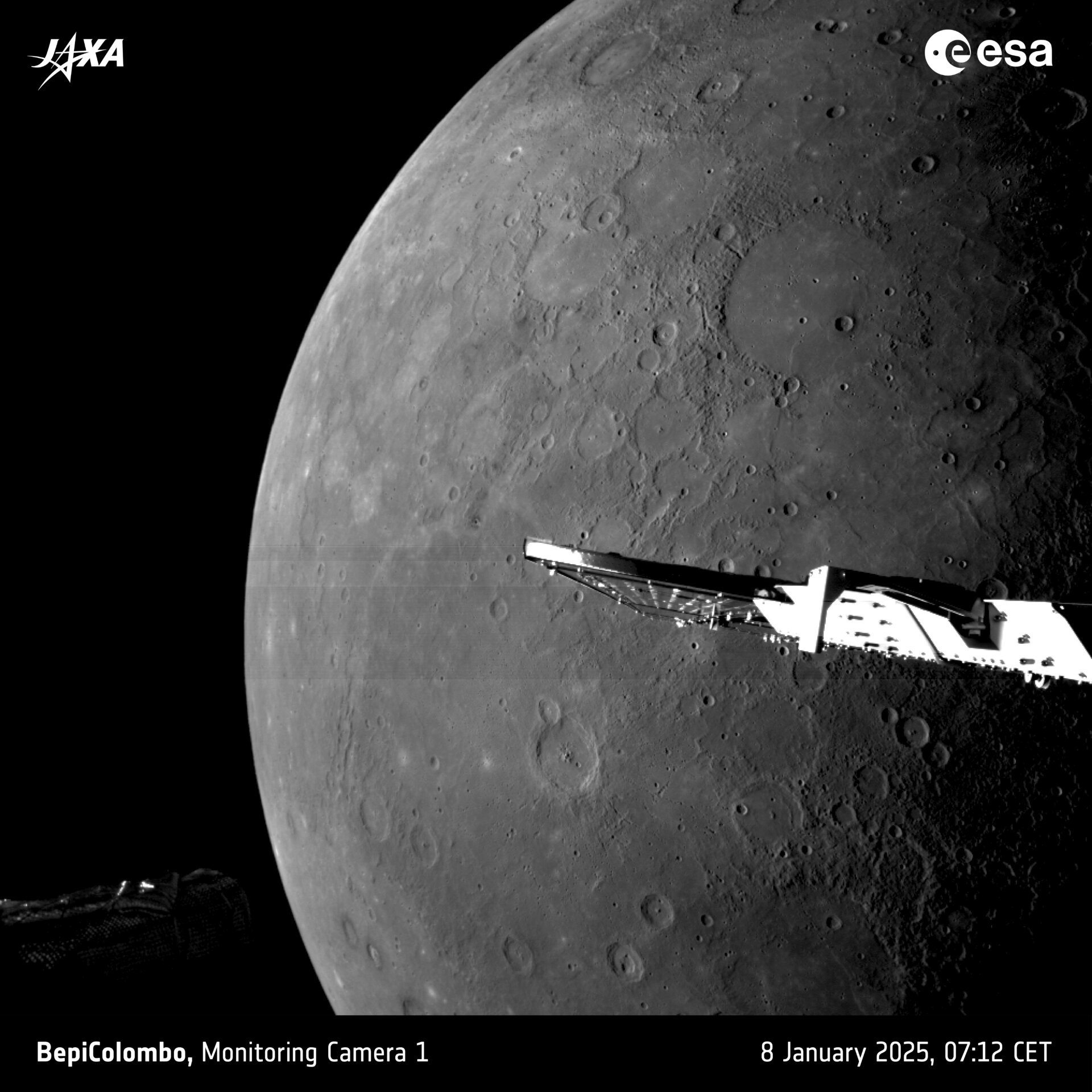 Mercury S Sunlit North Viewed By M Cam 1BepiColombo’s view of Mercury’s sunlit northern hemisphere, featuring the Caloris Basin. Credit: ESA
Mercury S Sunlit North Viewed By M Cam 1BepiColombo’s view of Mercury’s sunlit northern hemisphere, featuring the Caloris Basin. Credit: ESA
The images also showcase the Caloris Basin, Mercury’s largest impact crater, spanning over 930 miles (1,500 kilometers) and visible in the lower left of one image. While Mercury appears predominantly dark, younger surface features and more recent impact scars appear brighter. Scientists are still unraveling the mysteries of Mercury’s composition, but evidence suggests that material excavated from beneath the surface darkens over time.
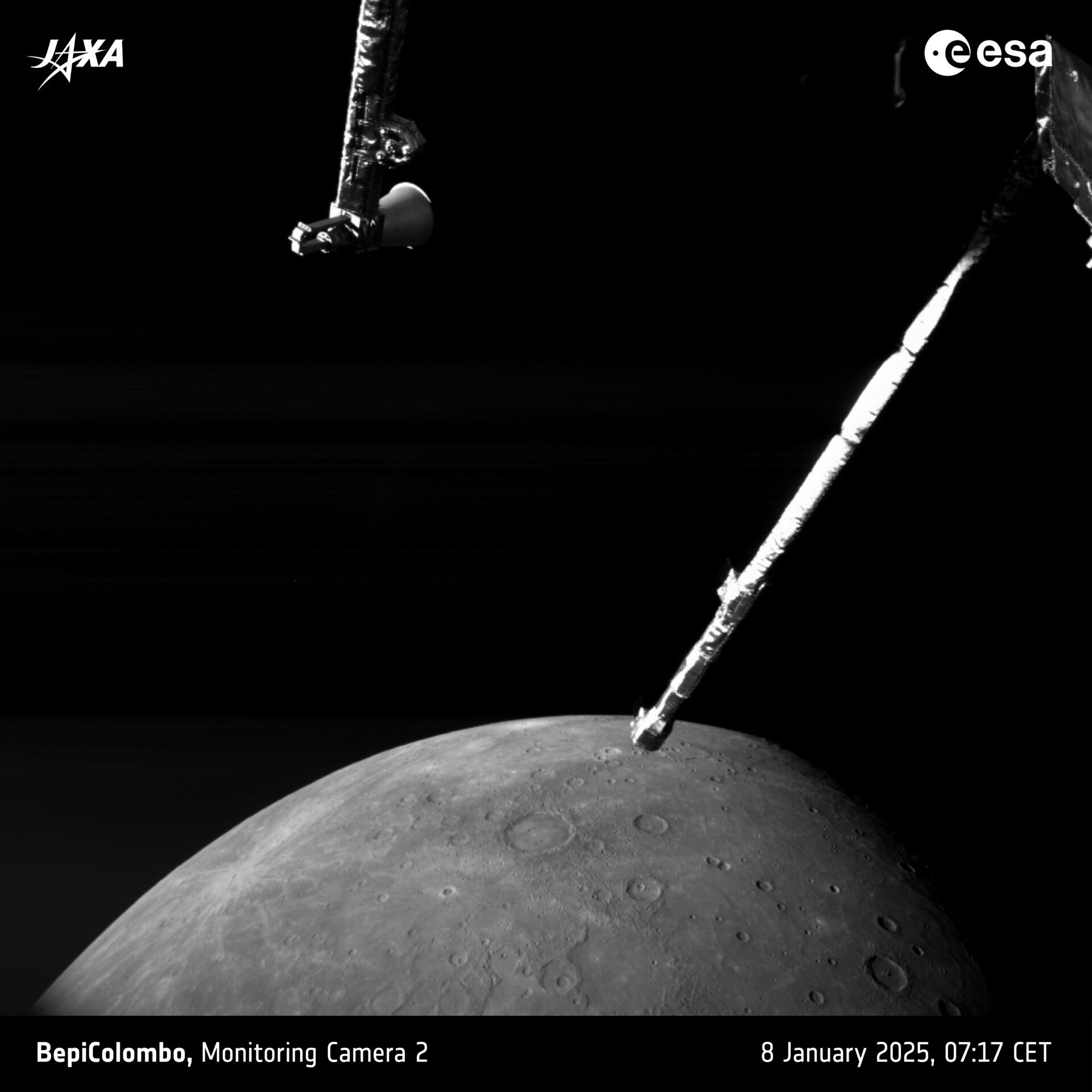 Lava And Debris Brighten Mercury S SurfaceBright regions on Mercury, highlighting volcanic activity and impact features. Credit: ESA
Lava And Debris Brighten Mercury S SurfaceBright regions on Mercury, highlighting volcanic activity and impact features. Credit: ESA
Another image highlights the Nathair Facula, a bright patch resulting from Mercury’s largest volcanic explosion. This area features a volcanic vent approximately 25 miles (40 kilometers) across, the source of at least three major eruptions. These observations underscore the role of volcanic activity and large impacts in shaping Mercury’s brighter surface regions.
BepiColombo represents only the third mission to reach Mercury, a testament to the challenges posed by the Sun’s intense gravitational pull. The two orbiters, ESA’s Mercury Planet Orbiter (MPO) and JAXA’s Mercury Magnetosphere Orbiter (MMO), are scheduled to separate and enter their respective orbits around Mercury in late 2026. Since its initial flyby in October 2021, BepiColombo has been providing invaluable data and stunning images of the solar system’s smallest planet.
The data collected during these flybys, including the most recent one, offers crucial insights into Mercury’s enigmatic nature. Scientists are diligently analyzing this information to unlock the planet’s many secrets. While the main mission phase begins in 2026, these flybys represent a significant step forward in our understanding of this fascinating and elusive world.



